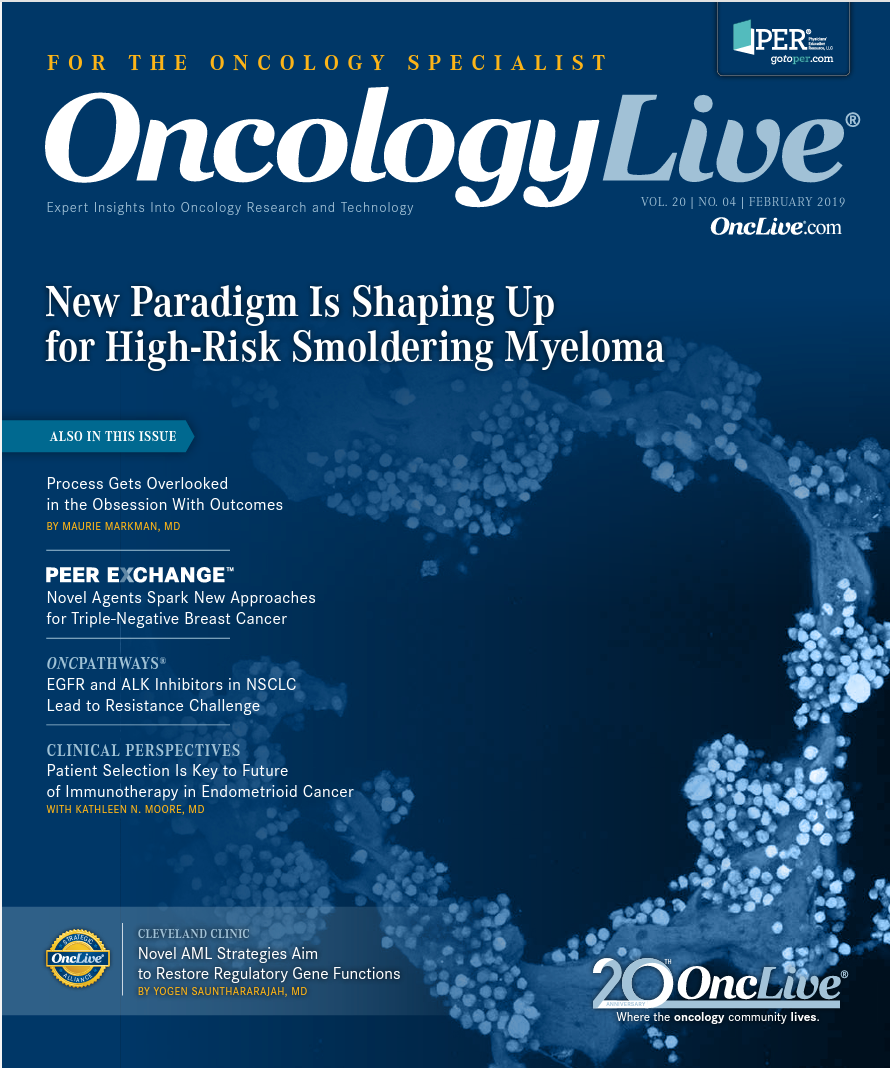Median Cost of New Oncology Agents to Exceed $200,000 by 2023
The annual cost of new oncology drugs will continue to trend upward over the next 5 years, eventually breaching the $200,000 level.
aca

The annual cost of new oncology drugs will continue to trend upward over the next 5 years, eventually breaching the $200,000 level, according to a report on global pharmaceutical spending from the IQVIA Institute for Human Data Science (Figure 1).1 They are also expected to form a larger proportion of total new agent arrivals. These developments will occur despite a general diminution in the rate of compound annual growth in the global pharmaceuticals market, which will drop from 6.3% over the past 5 years to 3% to 6% over the next 5 years. The global market will reach $1.5 trillion by 2023, the report said. US spending on pharmaceuticals is anticipated to grow somewhat faster than the global average and outpace similar spending in China.
An average of 54 new active substances will be launched each year for the next 5 years, as opposed to an average of 46 in the previous 5. “The largest individual therapy area, by spending and number of launches, will continue to be oncology,” the IQVIA Institute said. Oncology products are expected to measure approximately 30% of newly launched medicines over the next 5 years (Figure 2). The oncology pipeline currently includes 748 drugs in late-stage clinical development. the IQVIA Institute is anticipating the launch of 70 to 90 new oncology products in the next 5 years, well up from 57 in the previous 5.
By 2023, biosimilars are expected to triple their presence in the biologics market, by which time 18 of the current 20 top-selling branded drugs will face generic or biosimilar competition.
In addition several leading oncology drugs will lose patent exclusivity. By the end of 2023, only 2 of those top brands—nivolumab (Opdivo) and pembrolizumab (Keytruda)—will not be competing with generics or biosimilars, the IQVIA Institute said.
In the United States, biosimilar competition is anticipated for bevacizumab (Avastin) and trastuzumab (Herceptin) this year and for nivolumab between 2024 and 2028. The total spending on these drugs in developed markets is $5.2 billion, $4.8 billion, and $5 billion, respectively.
Finally, the IQVIA Institute report sees total oncology development spending outpacing other categories for a selection of 14 developed and pharma-emerging countries and sees it maintaining that lead from now through 2023 (Table).
Aitken M, Kleinrock M, Simorellis A, Nass D. The global use of medicine in 2019 and outlook to 2023: forecasts and areas to watch. IQVIA Institute for Human Data Science. Published January 2019. iqviainstitute.org/GlobalOutlook2019.




